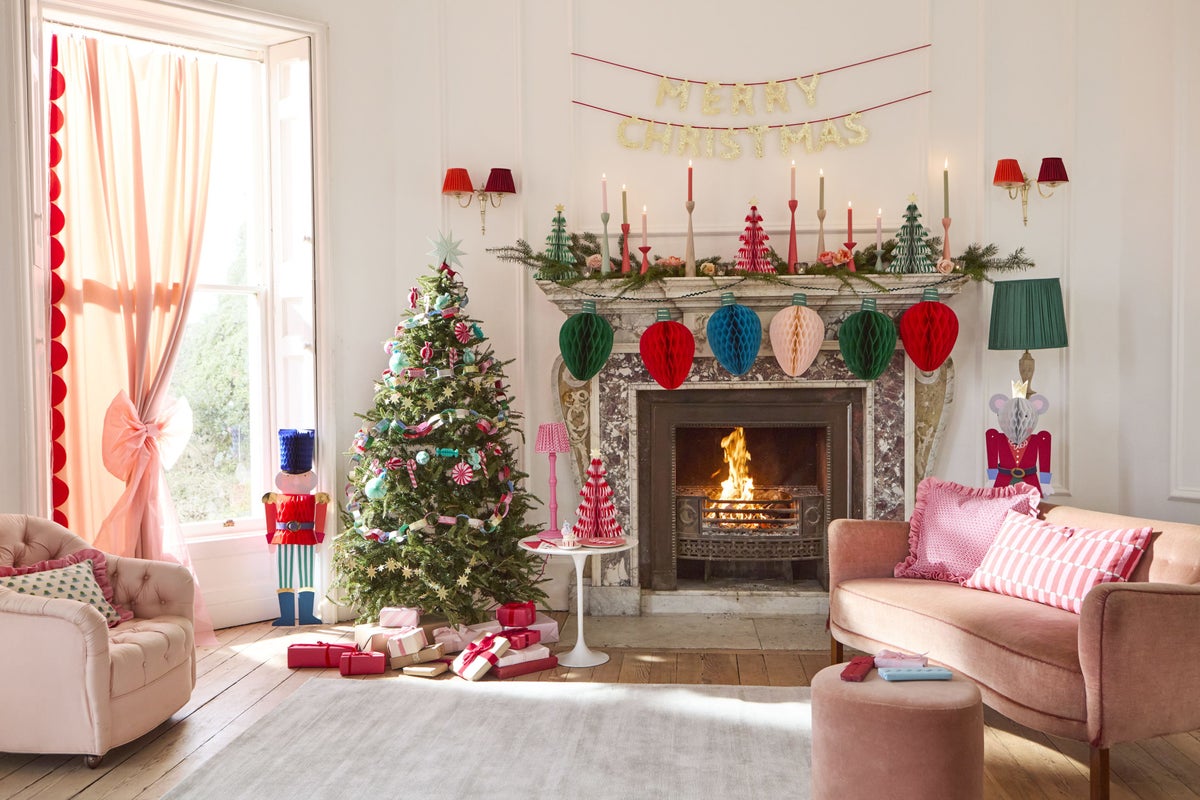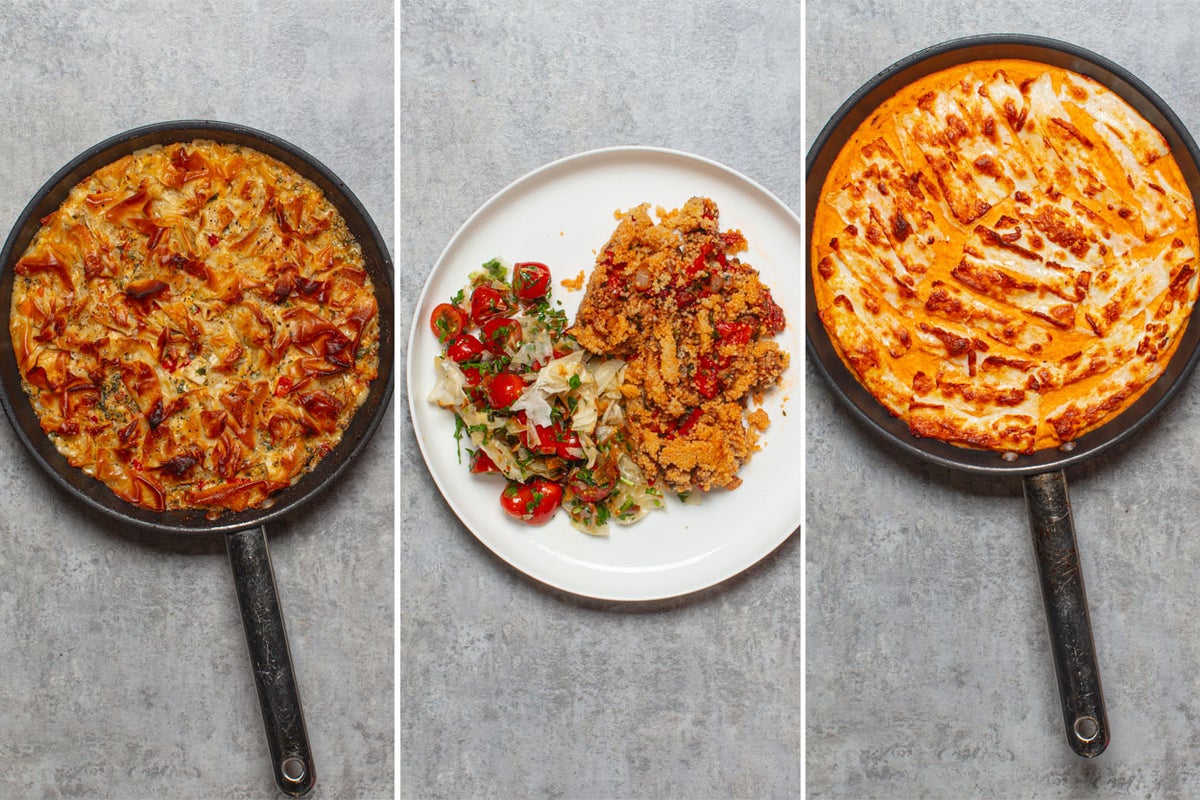Christmas Decor: The Battle Between Tradition and Trendy Themes Defines the Holiday Season
As the holiday season approaches, the landscape of Christmas decor is shifting in ways that reflect broader cultural divides. From the nostalgic warmth of the “nonna holiday” to the whimsical allure of “nutcrackercore” and the dark allure of “gothmas,” this year’s festive themes are not just decorations but reflections of societal values and individual identities. Each theme evokes specific emotions and memories, sparking conversations about tradition, authenticity, and the commercialization of the holiday.
The “nonna holiday” theme pays homage to the cherished traditions passed down through generations, evoking the image of a loving grandmother’s home filled with homemade treats, family gatherings, and timeless decorations. This theme taps into a longing for simpler times and the warmth of family bonds, a stark contrast to the fast-paced, consumer-driven society we find ourselves in today. However, this nostalgic approach raises questions about cultural appropriation and the authenticity of such representations. Is it possible to celebrate tradition without romanticizing or oversimplifying the complexities of family histories?
On the other end of the spectrum lies “nutcrackercore,” a theme that embraces the whimsical, fantastical elements of the holiday season. Drawing inspiration from the classic ballet “The Nutcracker,” this theme is characterized by vibrant colors, playful figures, and a childlike sense of wonder. While it promotes joy and creativity, it also invites criticism for being overly commercialized and disconnected from the true spirit of Christmas. As society grapples with the pressures of consumerism, one can argue that this theme distracts from the deeper meanings of the holidays, reducing them to mere aesthetics.
Contrasting sharply with these vibrant themes is “gothmas,” which embraces the darker aspects of the holiday season. This theme incorporates elements of gothic culture, with black decor, skull motifs, and a general sense of melancholy. While it may seem counterintuitive to the traditional joyous celebrations of Christmas, gothmas offers a unique perspective on the holiday, allowing individuals to express feelings of loss, isolation, and rebellion against societal norms. This divergence from mainstream festivities raises important dialogues about inclusion and representation within holiday celebrations. Are we allowing space for diverse expressions of the holiday spirit, or are we still clinging to a one-dimensional view of what Christmas should be?
These evolving themes reflect the broader cultural shifts occurring in society. The rise of social media has amplified individual voices and allowed for the exploration of diverse expressions of identity, including how we celebrate holidays. The interaction between online platforms and traditional holiday practices creates a dynamic tension; individuals can curate their festive expressions while simultaneously confronting societal expectations.
Moreover, these themes provide insight into the generational divides shaping contemporary holiday celebrations. Younger generations are increasingly seeking authenticity and personalization in their holiday experiences, often opting for themes that resonate with their personal beliefs and values. This departure from traditional decorations may seem alarming to some, as it challenges long-held customs. Yet, it also encourages a re-examination of what Christmas means in today’s world.
In a time of political strife and social upheaval, these festive themes also serve as a microcosm for larger societal debates. The tension between tradition and modernity mirrors the political landscape, where longstanding beliefs are being challenged by new ideologies. This year, as families gather around Christmas trees adorned with diverse decorations, the conversations that unfold may not only center around personal experiences but also reflect broader societal values and conflicts.
As the Christmas season approaches, the clash of these themes will undoubtedly shape the way individuals and families celebrate. The embrace of nostalgia, whimsy, and darker aesthetics allows people to explore and express their identities in ways that resonate with their experiences. Rather than merely decorating for the holidays, many are engaging in a deeper exploration of what it means to celebrate in a diverse, multifaceted world. The implications of these choices extend beyond personal preferences, reflecting our collective navigation through a complex cultural landscape. Whether one leans toward traditional themes or embraces the avant-garde, the festive season becomes a canvas for expressing our values, struggles, and hopes, enriching the tapestry of what Christmas can represent today.




